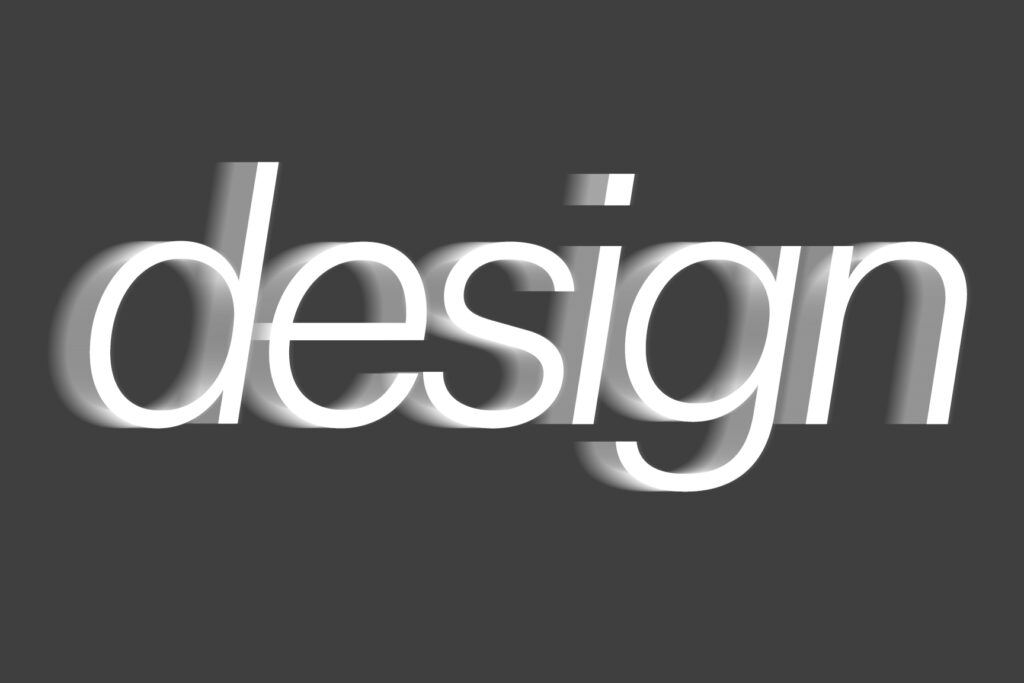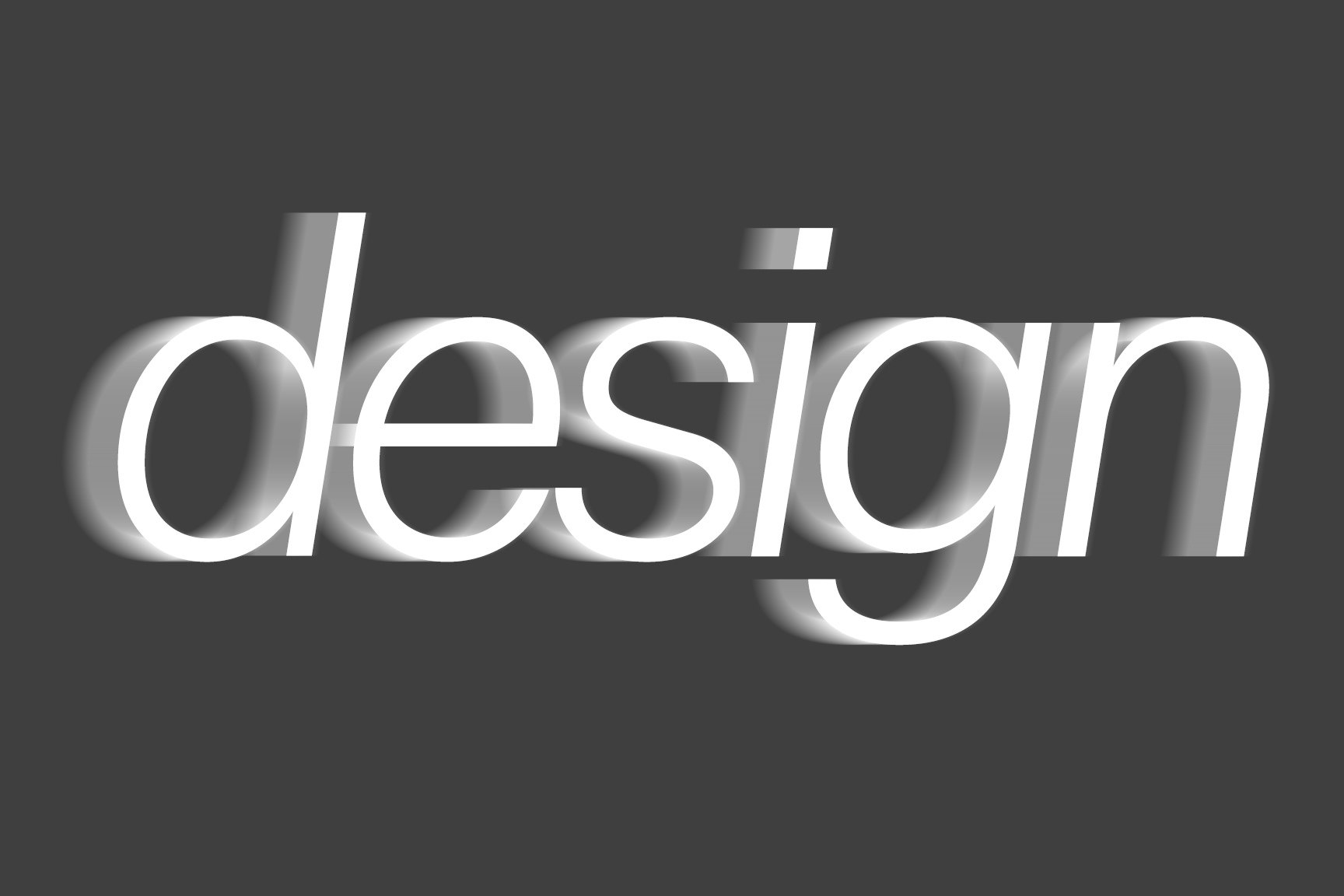Conventional models weren’t built for today’s faster-moving realities. It’s time for a new approach.

The convergence of two important trends is creating new possibilities for innovation and product teams worldwide, and changing the way brands will compete forever:
- The acceleration of everything
- The rise of on-demand customer insight
For those organizations still operating with one foot in the industrial age, your time is running out.
The acceleration of everything
This trend requires little explanation. The speed of technological change and disruption, along with ever-rising consumer expectations, is requiring organizations to compete with greater speed and agility than ever before.
The product and design worlds have responded with accelerations of their own: the rise of Agile, Lean, and test-and-learn innovation approaches. Thanks to the work of Eric Ries, Jeff Gothelf, Josh Seiden, David Kidder, Christina Wodtke, Jared Spool and others, we have powerful and proven new frameworks for navigating our chaotic world. And now, thanks to the wonders of technology, we have the tools to match.
The rise of on-demand customer insight
Only a few years ago, business decisions were made by the highest paid person in the room, or by the loudest, most convincing or most persistent. Or worse, they were made by consensus. More progressive organizations brought consumers into the design process (“Let’s ask users”). But this required more time, more money, new skill sets and sometimes the involvement of outside providers. Anywhere from weeks to months would go by to gather insights and get moving again. It’s no wonder leaders usually skipped the research and went with their gut instead.
Now they don’t have to. Recent breakthroughs in technology have made it so fast, easy and affordable to confirm our hunches and find the answers we need to be successful that there’s no need to guess anymore.
The end of intuitive leadership?
First came the rise of rapid prototyping tools like Invision, Proto.io, Justinmind and others, which allowed companies to more quickly mock up ideas for stakeholders and users to evaluate. Then came on-demand user research platforms like UserTesting, Userlytics and UserZoom, which sped up the feedback loop even more. And now, there’s a new generation of all-in-one platforms like Feedback Loop, which allow teams to prototype ideas, recruit research participants and run a variety of experiments in a matter of days -- all from a single platform and with no technical skills required.
What this means is a new world of innovation with faster learning, faster time to market,fewer moving parts, fewer players, substantially lower costs and greaterdecision-making certainty than ever before. And as the tools continue to evolve, it’s only going to get better.
Five traits of the next-generation design team
- Customers included. Modern design teams don’t ask for permission to test ideas with customers and other users. They go out and find the answers they need to be successful. Customer contact is built in, and it’s as integral to the design process as firing up design software or creating a set of wireframes.
- Small, dedicated teams. The links between focus and productivity are well-established. Dedicated teams learn faster, think deeper and cover more ground.
- Streamlined in every way. Modern teams favor small over big; agility over head count; prototypes over PowerPoint. They prioritize speed, insights and outcomes over rigid process and over-sized deliverables.
- Ideas, plus evidence. Modern teams bring not just ideas to the table, but the evidence required to back them up and decide with confidence.
- Working outside of your day-to-day operations. This emerging best practice is what David S. Kidder, CEO of the consulting firm Bionic calls a “dual operating system” and Denise Garth, SVP of Strategic Marketing and Innovation at Majesco describes as a “two-speed strategy”:
- Speed of Operations for traditional business operations with mature systems and processes needing incremental improvements through modernization and optimization.
- Speed of Innovation for agile, lean and test-and-learn models to explore new business opportunities.
Recommended Reading
- Sense and Respond: How Successful Organizations Listen to Customers and Create New Products Continuously, by Jeff Gothelf and Josh Seiden
- Outcomes Over Output: Why customer behavior is the key metric for business success, by Josh Seiden
- New to Big: How Companies Can Create Like Entrepreneurs, Invest Like VCs, and Install a Permanent Operating System for Growth, by David S. Kidder and Christina Wallace
- The Startup Way: How Modern Companies Use Entrepreneurial Management to Transform Culture and Drive Long-Term Growth, by Eric Ries
- Customers Included: How to Transform Products, Companies and the World in a Single Step, by Mark Hurst
Subscribe to our quarterly email newsletter for the latest insights from our work.
